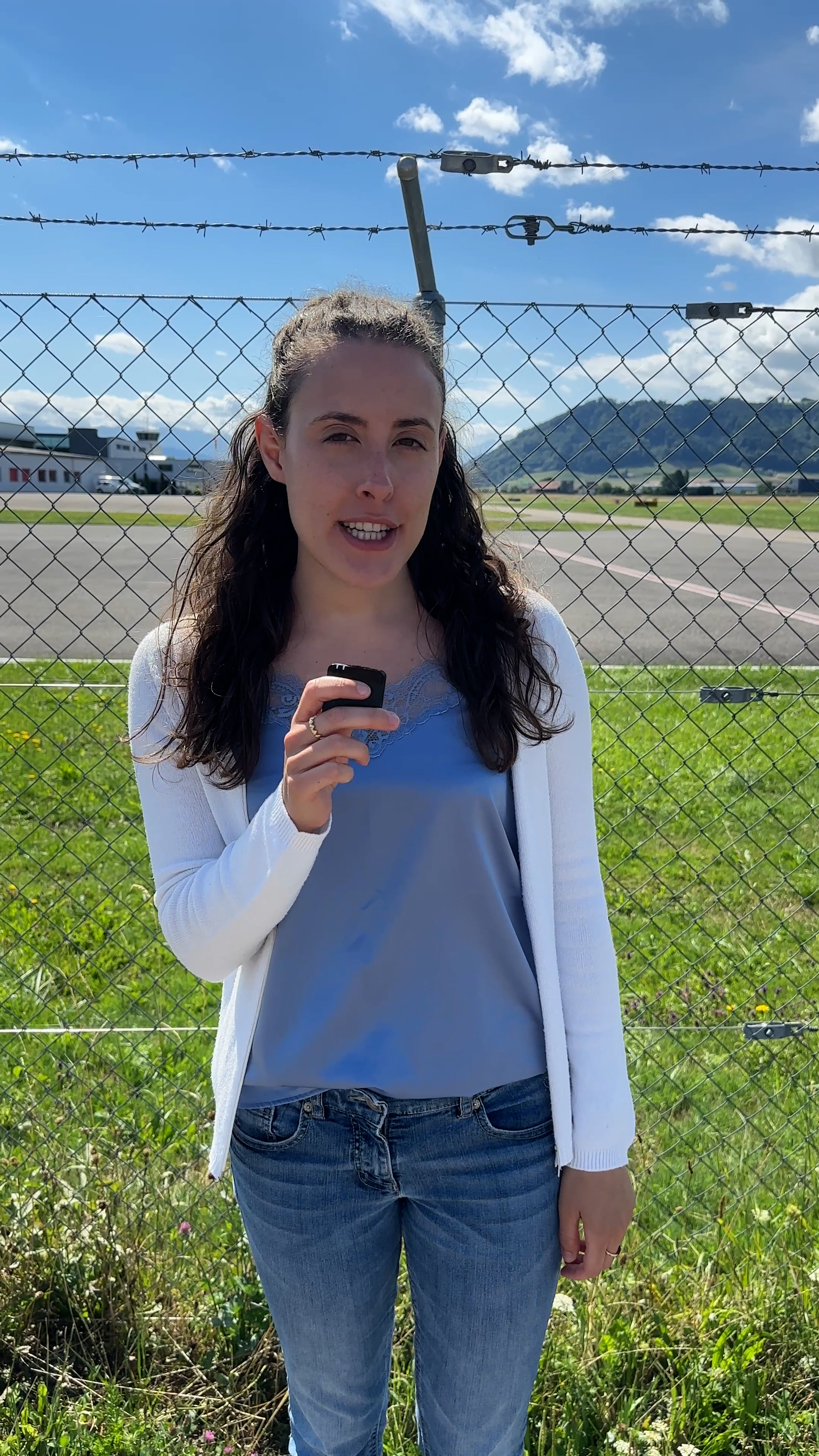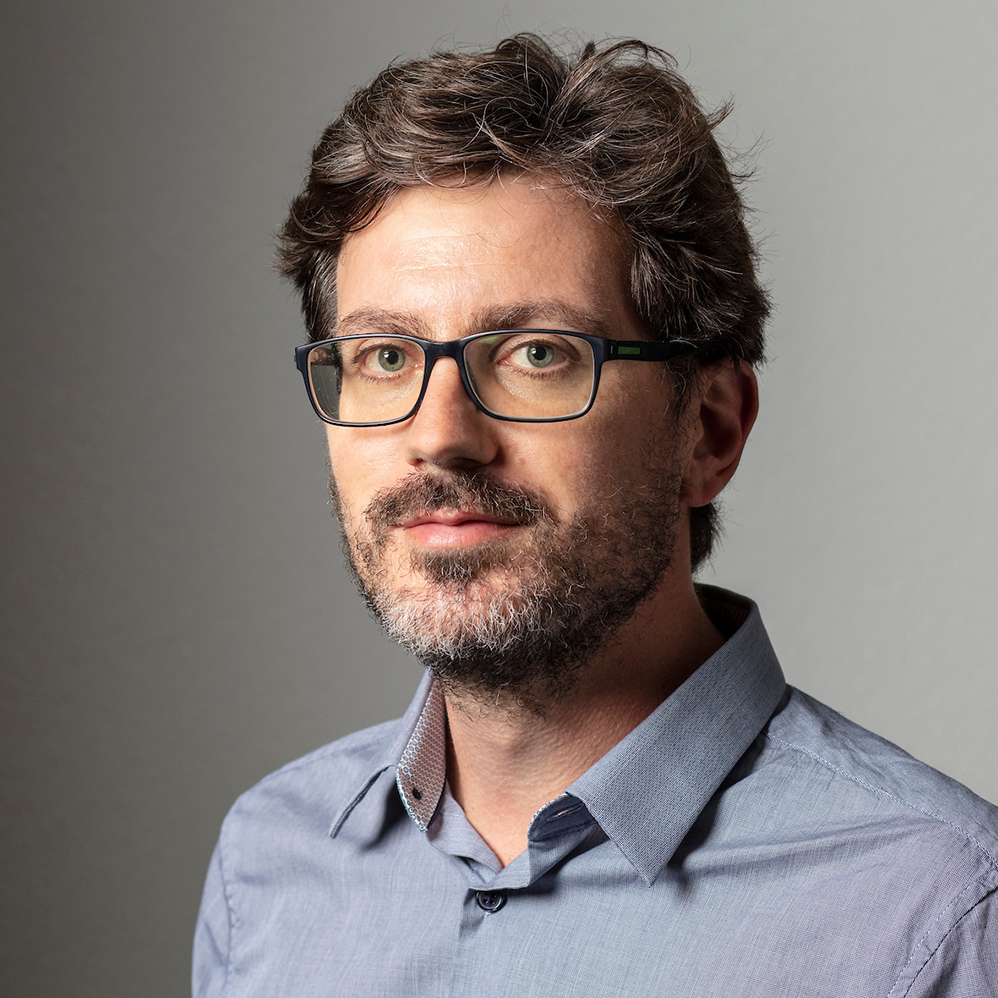
“Flying is becoming safer and safer”

Tougher safety regulations and better flight attendant training have reduced the number of air traffic accidents and victims, two civil aviation experts tell swissinfo.ch. The recent crash at San Francisco airport – paradoxically – is proof of this, they say.
Investigations are on ongoing into whether the accident on July 6 involving the Asiana airlines Boeing 777, which resulted in three deaths, was caused by pilot error on landing or by an instrument failure. But the incident has, once again, reignited the debate into aviation safety.
swissinfo.ch spoke to Marc Baumgartner, from the International Federation of Air Traffic Controllers’ Associations (IFATCA), and aviation expert Hansjörg Bürgi.
swissinfo.ch: The International Air Transport Association (IATA) has said that 2012 was the safest year in the history of aviation, with an average of one accident per five million flights on western-built jets. A coincidence or has flying got safer?
Marc Baumgartner: It’s difficult to draw conclusions from just one year. You would need just one accident to throw the statistics off. Moreover, there has been a reduction in traffic, at least in Europe. Several factors influence safety. It can’t just be evaluated on the number of accidents. In air traffic control terms, we consider all the elements which could lead to a possible accident.
Hansjörg Bürgi: Flying is in general becoming safer and safer. Statistics show that there have been fewer serious accidents over the past years. The last fatal accident in Europe happened in 2009 [a Turkish airlines aeroplane crash landed at Amsterdam’s Schiphol airport, causing nine deaths]. The San Francisco incident was the first crash involving a large aircraft that had a fatal outcome since 2001.
There have also been considerable improvements in South America and in some Asian countries. Africa is still a problem though, with problems on all levels: safety regulations, material and equipment, installations at airports, landing procedures….
swissinfo.ch: Which factors have contributed to improving safety?
H.B.: Most certainly it has been aeroplane technology and instruments. Many safety measures have also been adopted and flight attendant training has been improved. Staff do not just push drink trolleys and offer good cabin service, their main role is to ensure passenger safety.
The San Francisco accident is a clear example because it showed that systems and plane evacuation procedures had been drawn up correctly. And the result is clear, almost all the passengers survived.
M.B.: Many countries have begun to follow the International Civil Aviation Organization recommendations for different safety elements, ranging from airports to air traffic control services. Airlines are also doing their bit. There is a learning process from accidents and near misses, for example, in determining whether the minimum distance between two planes was not respected.
Marc Baumgartner is IFATCA coordinator for the Single European Sky ATM Research (SESAR) and European Aviation Safety Agency (EASA). He is a former president of IFATCA. He also works as a Skyguide air traffic controller.
Hansjörg Bürgi is the editor-in-chief of the aviation magazine Skynews.ch. He is considered one of the top Swiss aviation experts.
swissinfo.ch: The European Commission recently stated that “current air traffic management technologies were designed in the 1950s. They are now archaic”. This is a rather worrying observation.
M.B.: I don’t agree. It’s true that the flight planning instrument was developed during the era of the first computers. The United States, has, for example, a system which is based on a programming language from the 1960s, which has, of course, been modernised.
The problem is rather that each country uses a different flight planning system. A French controller must therefore have a kind of “black box” which can translate his code for his colleague in Maastricht in the Netherlands, who also has to do the same thing. The European Commission was not wrong when it said that these procedures were a bit antiquated, but to say that it is 1950s technology seems a bit over the top to me.
swissinfo.ch: Are pilots prepared for crisis situations, given that increasingly plane systems are automated?
H.B.: This question has been raised several times in the past, in particular after the 2009 Air France accident over the Atlantic [in which 216 passengers and 12 staff members died] in which the pilots reacted in the wrong way – they wanted to increase rather decrease altitude.
Since then training has been overhauled, with increased emphasis on basic skills. Pilots learn to fly big planes as if they were in small ones with fewer instruments. Swiss International Air Lines, for example, also insists on acrobatic flights which help pilots learn to deal with abnormal situations.
On July 1, 2002, an Bashkirian Airlines aeroplane collided with a DHL cargo plane over Überlingen in Germany in airspace controlled by the Swiss company Skyguide. 71 people died in the accident.
Two years later, on February 24, 2004, the Russian architect Vitaly Kaloyev, who lost three family members in the accident, killed the air traffic controller who was on duty the night of the collision.
According to German investigators, the causes of the accident were negligence on the part of Skyguide and Bashkirian Airline pilots’ error.
Many lessons have been learned from the tragedy, Francis Schubert, Sykguide’s deputy CEO, told swissinfo.ch. “We have revised in detail the servicing procedures which were criticised after the accident as well as our staff hiring practices”.
“We have put emphasis on a culture of safety and we have invested a lot in making our employees understand – and not just those who sit in front of screens – that everyone has to contribute to safety.”
Nowadays controllers always work in pairs and each abnormal situation is analysed very carefully. “For example, we try to understand why the distance between two planes is 8.8 kilometres rather than the nine km set out in the safety code,” explained Pascal Hochstrasser, who is in charge of the Geneva control tower.
But air transports brings with it an inherent risk and accidents cannot ever be ruled out, added Schubert. “But we can say that the possibility of an accident like at Überlingen happening again has been considerably reduced,” he said.
(Translated from Italian by Isobel Leybold-Johnson)

In compliance with the JTI standards
More: SWI swissinfo.ch certified by the Journalism Trust Initiative





































You can find an overview of ongoing debates with our journalists here . Please join us!
If you want to start a conversation about a topic raised in this article or want to report factual errors, email us at english@swissinfo.ch.